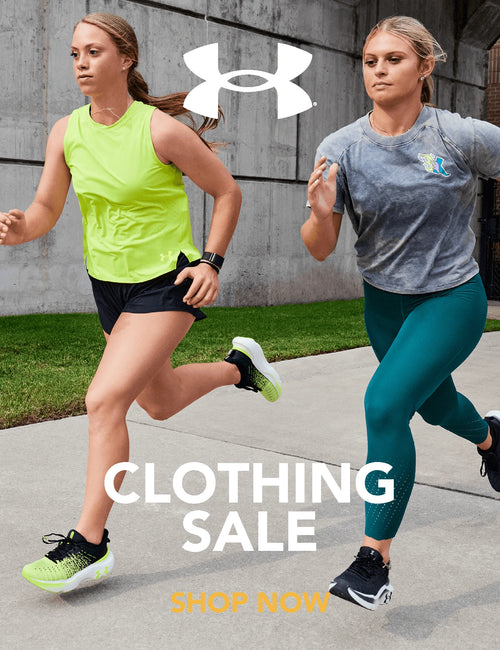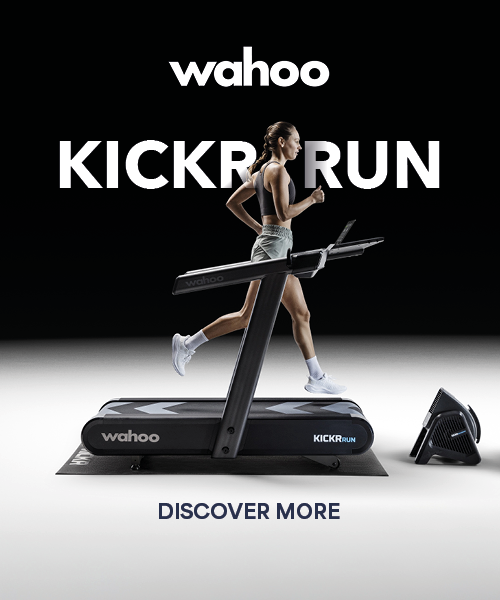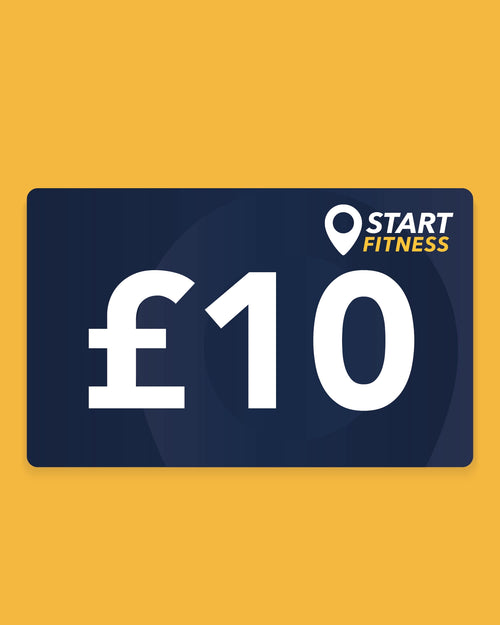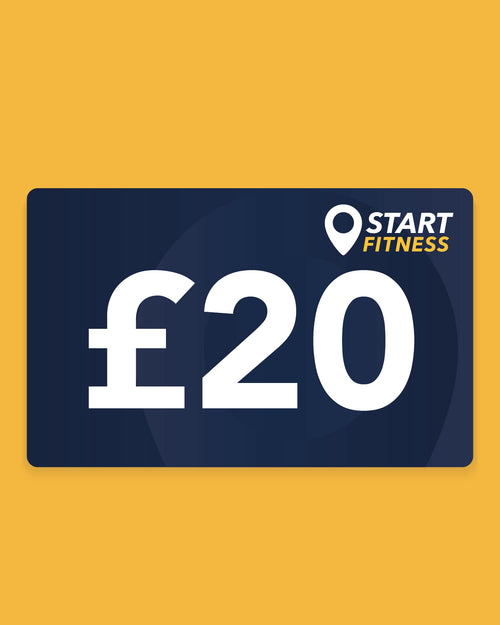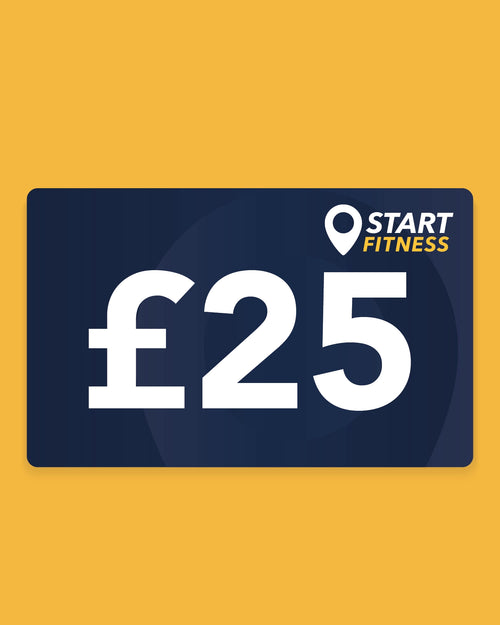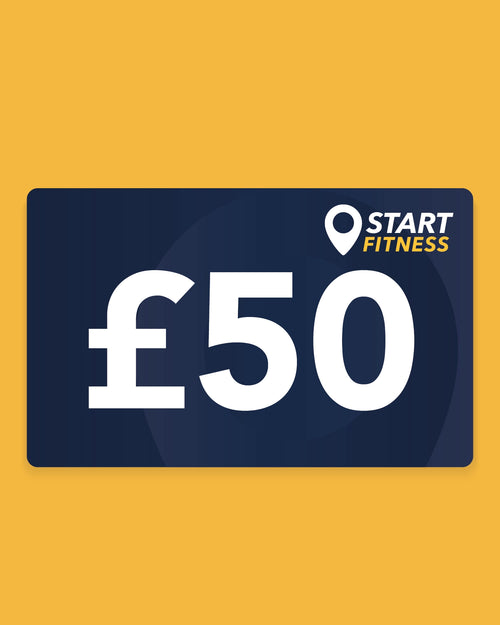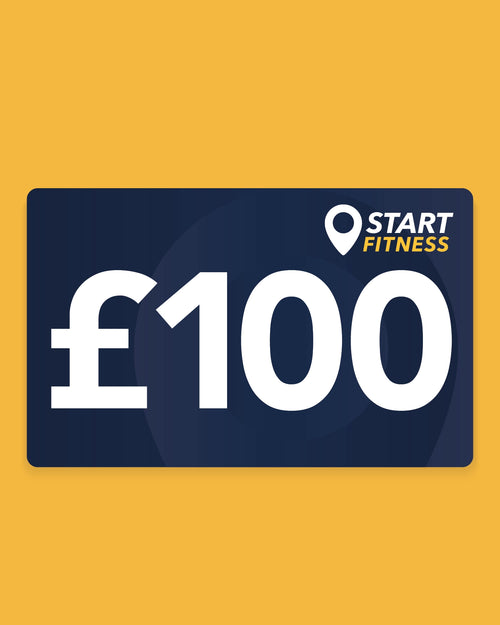If you’re a competent runner looking to take your fitness journey to the next level, you might have thought of competing in a triathlon. But with swimming, cycling, and running combined into one event, it’s perfectly normal to feel overwhelmed at the start, especially if you’re better at one sport than another. However, if you’re keen to get started, our guide will talk you through everything you need to know, from building a beginner triathlon training plan, to choosing your first race.
What is a Triathlon?
Before we get into it, let’s first talk about what a triathlon actually involves. You probably know about its three sports, but here is a little extra detail so you can see what you’re in for. A triathlon is a multisport endurance race that consists of three sports, these sports do not change and are always: swimming, cycling, and running. These races are designed to test both physical stamina and mental resilience, challenging athletes to transition smoothly between each leg while managing their energy, pacing, and hydration.
Swimming
The swimming portion takes place in a pool or open water (a lake, or sometimes even the sea - so you need to be confident to swim in currents). You’ll likely need a wetsuit for this, especially in open water. You can also use a tri-suit instead of changing into individual swimming, cycling, and running clothes if you prefer to do so.
You can do either front crawl or breaststroke in this leg of the race.
Cycling
Triathlon bike routes will be signposted and have official marshals posted to point you in the right direction. Check with your event organiser if the roads are open to other traffic, or if they’ll close the roads for the event.
Helmets are compulsory for all races, but your bike doesn’t need to be brand new or particularly expensive, as long as it is serviced and safe.
Running
The running route should also be well signposted, and again there are usually marshals around to help you. Often, there are stops along the route to grab a drink and hydrate quickly if you need it - well worth taking the time to do so, as this is the last stretch of the race!
Shoes are the most important part of your running equipment, so you need to make sure you have a reliable pair with you. We recommend looking through our running shoes buyer’s guide if you need help with this.
Transition
Transition is where you go to change your equipment for the next leg of the race. Some people aim to do this as quickly as they can, because it is timed. However, you do not need to be so concerned with the timings here if this is your first race - just get used to how the event works so you can prepare for next time.
What types of triathlon are there?
There are four main types of triathlon, from beginner friendly local races to elite level ironman events, each of different distances and difficulties. These types are:
Sprint Triathlon: 750m swim, 20km bike, 5km run
Olympic Triathlon: 1.5km swim, 40km bike, 10km run
Half Ironman (70.3): 1.9km swim, 90km bike, 21.1km run
Ironman (140.6): 3.8km swim, 180km bike, 42.2km run
Of course, we would not recommend that beginners attempt a half or full Ironman. Sprint triathlon is best for beginners, but if you’re confident in your fitness level you could try an Olympic triathlon instead.
Why runners make great Triathletes
Running is the final leg of a triathlon, and arguably the toughest. By the time you lace up your shoes, you've already swam and biked for miles. But in the last leg, as a runner, you're already mentally and physically trained for endurance and pacing, which gives you a serious advantage. Transitioning into a triathlon might mean learning two new sports, but the hardest part, the run, is already your strength.
How do beginners train for a triathlon?
Beginners should not just throw themselves in at the deep end by entering a triathlon without training sufficiently. In fact, the key to triathlon training is building up endurance gradually while learning the technical aspects of swimming and cycling. Here’s how to approach your training based on the challenges of a triathlon and the fitness ability of entry-level triathletes:
- Swim (2x/week) – Focus on technique, breathing, and building comfort in the water. Drills and laps in a pool or open water are both beneficial. This is often the toughest discipline for beginners.
- Bike (2x/week) – Start with 30–60 minute rides. Add a long ride on weekends.
- Run (2–3x/week) – Alternate between short and long runs. Aim to build up to 5km comfortably.
- Combined Workout (1x/week) – Combine cycling and running in one session. This helps prepare your body for the transition between legs.
You will need one full rest day each week to avoid burning out, and you should train for 8-12 weeks before the event, adjusting the workout accordingly as your strength improves. If you’re not already competent in at least one of these sports and are starting from scratch, you’ll need to train for 12-16 weeks before the event.
What is the 80/20 rule for a triathlon?
This is a popular training method where 80% of your workouts are done at low intensity and 20% at high intensity. This approach helps build a strong aerobic base, reduces injury risk, and improves long-term endurance, perfect for beginners who want steady progress without overtraining.
What is a good triathlon time for a beginner?
Triathlon times vary based on course difficulty, weather, and fitness levels, but here are general benchmarks for a beginner sprint triathlon to help you assess your own performance:
Swim (750m): 15–20 minutes
Bike (20km): 40–60 minutes
Run (5km): 25–40 minutes
Transitions: 5–10 minutes total
Total Time: 1 hour 30 minutes to 2 hours
Remember, in your first race, getting a feel for the event and enjoying yourself is more important than the time you achieve!
What equipment and clothing do you need for a triathlon?
When it comes to doing triathlons, timing is important and you don’t want to spend valuable minutes clambering out of your swimming gear and into your cycling gear. That’s why in many cases, athletes will opt for a tri-suit which can be used for each leg of the race - meaning that you don’t need to do a full change.
With that being said, this isn’t everyone’s preferred option as many people prefer to have separate running, swimming, and cycling gear. In which case, alongside your chosen apparel for the land based portions of the event, you’ll need a triathlon wetsuit.
We’d also advise that you take a racing belt such as this Orca racing belt with a pocket, this is essential for keeping your belongings safe, such as valuables and food sachets. Please note though, that this isn’t a waterproof belt so it shouldn’t be worn in the water if you intend to keep any electronics or valuables that could be water damaged such as car keys or phones.
You’d also benefit from pairing this with an Orca dry bag, whilst this isn’t waterproof if submerged, it’ll help to keep your clothes dry and keep the moisture from your triathlon wetsuit away from your clean dry clothes.
Finally, we’d recommend taking an anti-chafe balm as the triathlon is a difficult event with plenty of movement - moving between dry and wet environments can cause dryness or friction on areas such as arms and thighs, so this balm will help you to keep the problem at bay.
Ready to take the first step in triathlon training?
Starting your triathlon journey is exciting and empowering. Whether you’re building from a running base or starting from scratch, with the right training plan, mindset, and gear, your first race will be a healthy challenge.
To help you get started, make sure you're equipped with the right triathlon clothing for comfort and performance across all three disciplines, and check out our range of essential triathlon accessories, from race belts to hydration gear, that can make a big difference on the day.

